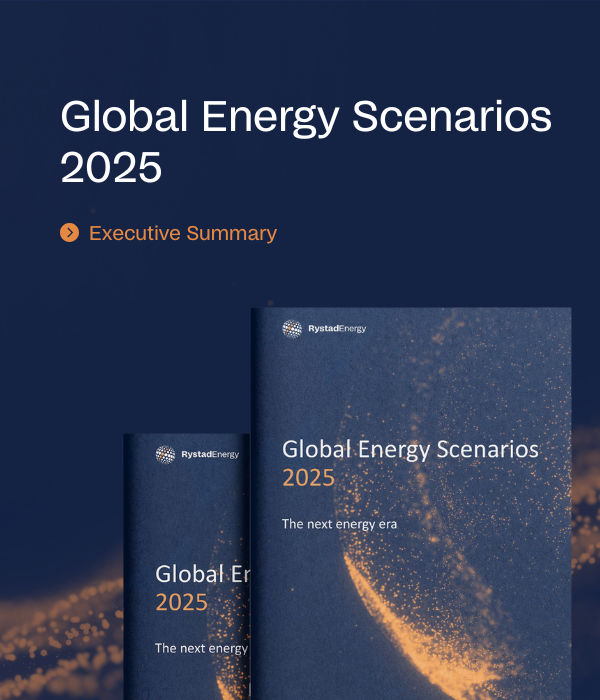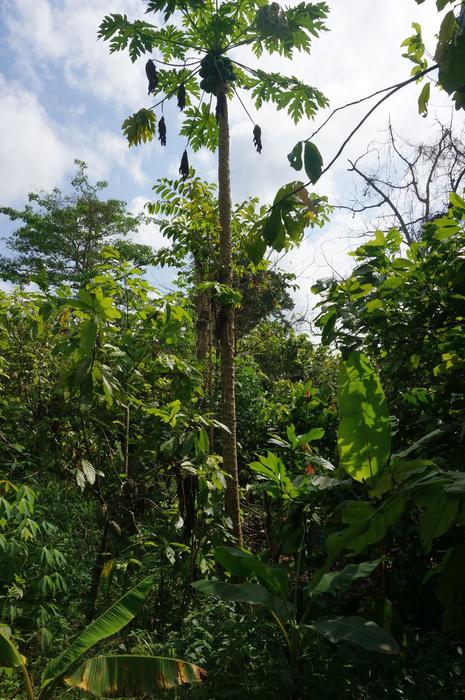Global Energy Scenarios 2025: The next energy era – Rystad Energy

Global Energy System Pathways: An Analysis in the Context of Sustainable Development Goals
Analytical Framework and Scope
This report presents an analysis of five potential futures for the global energy system, evaluated against key Sustainable Development Goals (SDGs), particularly SDG 7 (Affordable and Clean Energy) and SDG 13 (Climate Action). The analysis is founded upon Intergovernmental Panel on Climate Change (IPCC) carbon-budget science and a proprietary Energy Scenario Model. The comprehensive scope of the assessment includes:
- 217 countries
- Over 60 economic subsectors
- More than 70 distinct energy carriers
Assessed Scenarios and Linkages to SDG 13
The report models five distinct pathways to assess global progress towards the climate targets outlined in the Paris Agreement, a cornerstone of SDG 13. These pathways project that while emissions are expected to peak in the near term, the trajectories of decline vary significantly.
- Current National Determined Contributions (NDC) Pathway: Reflects existing governmental commitments.
- Rystad Energy House View Pathway: A projection aligning closely with a 1.9°C temperature increase.
- IPCC-Aligned 1.6-Degree Pathway: A scenario consistent with the most ambitious goals of the Paris Agreement.
- IPCC-Aligned 1.9-Degree Pathway: A scenario representing the upper-range targets of the Paris Agreement.
- IPCC-Aligned 2.2-Degree Pathway: A scenario reflecting lower ambition in climate mitigation.
The analysis indicates that the House View pathway, while demonstrating progress, falls short of full alignment with the Paris Agreement’s primary goals, highlighting a significant gap in achieving SDG 13.
Requirements for Achieving Accelerated SDG Progress
Attaining the 1.6°C pathway, which represents the most robust commitment to SDG 13, necessitates a substantial acceleration of global efforts. This requires coordinated action across multiple SDGs, including SDG 7 (Affordable and Clean Energy), SDG 9 (Industry, Innovation, and Infrastructure), and SDG 17 (Partnerships for the Goals). Key requirements include:
- Stronger Policy Signals: Governments must implement decisive and clear policies to guide the energy transition.
- Faster Clean-Energy Deployment: A rapid scale-up of renewable and clean energy technologies is essential to meet the targets of SDG 7.
- Coordinated Cross-Sectoral Investment: Significant, collaborative investment is required across all economic sectors to build sustainable infrastructure and foster innovation in line with SDG 9.
Sustainable Development Goals (SDGs) Addressed in the Article
-
SDG 7: Affordable and Clean Energy
- The article’s central theme is the future of the world’s energy system, with a specific focus on the need for “faster clean-energy deployment.” This directly aligns with SDG 7, which aims to ensure access to affordable, reliable, sustainable, and modern energy for all.
-
SDG 13: Climate Action
- The article is fundamentally about climate action. It discusses IPCC carbon-budget science, projects future emissions, and analyzes different temperature pathways (1.6°C, 1.9°C, 2.2°C). Its reference to the Paris Agreement and “current national commitments (NDC)” firmly connects it to the global effort to combat climate change.
-
SDG 9: Industry, Innovation and Infrastructure
- The call for “coordinated investment across sectors” and “faster clean-energy deployment” implies a significant transformation of industrial processes and energy infrastructure. This relates to SDG 9’s goal of building resilient infrastructure and fostering sustainable industrialization.
-
SDG 17: Partnerships for the Goals
- The article highlights the importance of international cooperation by mentioning “current national commitments (NDC)” and the need for “stronger policy signals” and “coordinated investment.” This points to the necessity of global partnerships between governments and various sectors to achieve climate goals, which is the core of SDG 17.
Specific SDG Targets Identified
-
Target 7.2: By 2030, increase substantially the share of renewable energy in the global energy mix.
- The article’s statement that achieving a 1.6°C pathway requires “faster clean-energy deployment” directly supports the objective of increasing the share of renewables in the energy system.
-
Target 13.2: Integrate climate change measures into national policies, strategies and planning.
- The mention of “current national commitments (NDC)” refers to the specific plans nations have submitted as part of the Paris Agreement. The article’s analysis of whether these commitments are sufficient and its call for “stronger policy signals” directly address the integration of climate measures into national policy.
-
Target 9.4: By 2030, upgrade infrastructure and retrofit industries to make them sustainable…and greater adoption of clean and environmentally sound technologies…
- The need for “coordinated investment across sectors” to enable “faster clean-energy deployment” implies a large-scale upgrade of infrastructure and industrial systems to accommodate and utilize clean technologies, which is the essence of this target.
Indicators for Measuring Progress
-
Global Temperature Pathways
- The article explicitly uses different temperature scenarios—”1.6-degrees, 1.9-degrees, and 2.2-degrees”—as key indicators to measure the outcome of different energy and emission pathways. These serve as direct measures of success or failure in meeting the goals of the Paris Agreement.
-
Greenhouse Gas Emissions Trajectory
- The projection that “emissions are projected to peak in the near future before entering decline” is a critical indicator. The timing of this peak and the rate of subsequent decline are used to measure progress towards the temperature targets.
-
Rate of Clean Energy Deployment
- While not quantified, the “faster clean-energy deployment” is presented as a necessary action. The rate at which clean energy sources are added to the global energy system is an implied indicator for tracking progress towards a sustainable energy future.
-
National Commitments (NDCs)
- The article uses “current national commitments (NDC)” as a baseline scenario. The existence and ambition of these NDCs serve as an indicator of global cooperation and policy integration concerning climate change.
Summary Table of SDGs, Targets, and Indicators
| SDGs | Targets | Indicators |
|---|---|---|
| SDG 13: Climate Action | 13.2: Integrate climate change measures into national policies, strategies and planning. | Global temperature pathways (1.6°C, 1.9°C); Emissions trajectory (peaking and declining). |
| SDG 7: Affordable and Clean Energy | 7.2: Increase substantially the share of renewable energy in the global energy mix. | Rate of clean-energy deployment. |
| SDG 9: Industry, Innovation and Infrastructure | 9.4: Upgrade infrastructure and retrofit industries to make them sustainable. | Coordinated investment across sectors. |
| SDG 17: Partnerships for the Goals | 17.16: Enhance the Global Partnership for Sustainable Development. | Analysis of current national commitments (NDC). |
Source: rystadenergy.com
What is Your Reaction?
 Like
0
Like
0
 Dislike
0
Dislike
0
 Love
0
Love
0
 Funny
0
Funny
0
 Angry
0
Angry
0
 Sad
0
Sad
0
 Wow
0
Wow
0



















































.jpg.webp?itok=0ZsAnae9#)
























